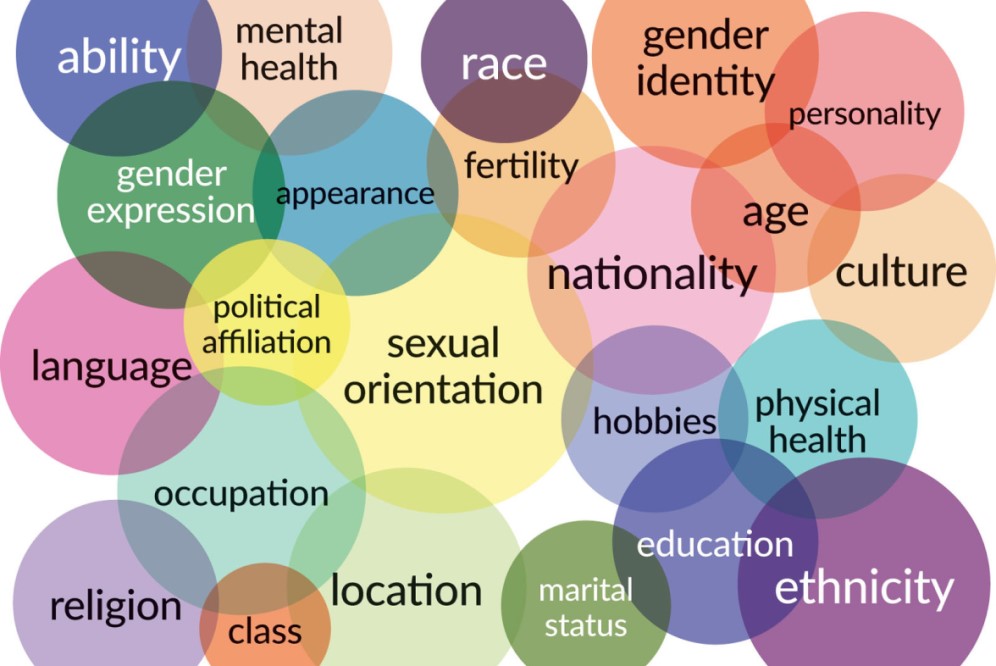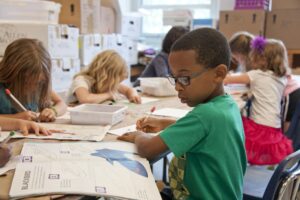
This week we were lucky enough to be visited by Tracy Humphreys from BCED Access. We discussed inclusion in education from the lens of a parent. Throughout her presentation, we went into breakout rooms and discussed some important prompts, for this reflection this week, I am going to share what I talked about in my breakout rooms.
- How would you approach support for a classroom?
- establish a questionnaire system about how to address students needs at the beginning of the year
- meet with the students’ past teachers and discuss how they were supported in the past
- documentation!! Make note of your students behaviour so that, if needed, external support can be justified
- have an open mind, always be ready to get corrected
- don’t assume you know how to teach
- never host field trips that aren’t inclusive of all the students in your specific classroom
- TALK TO THE STUDENTS
2. How can you find out what a student needs?
- TALK TO THE STUDENT, they are the experts on themselves
- student-teacher conferences?
- we had a great conversation about how normalized parent-teacher conferences are, yet student-teacher conferences aren’t?
- we suggest that maybe on the afternoon of whatever day parent-teacher conferences are, the class can have a work block to get caught up on assignments and during it, the teacher can go student-by-students conducting small student-teacher interviews where the teacher can ask the student how they are doing and talk about how they can be better supported in the classroom.
- formative assessments
- READ IEP’s!!!
Overall, it was a very insightful conversation that taught me a lot about how to welcome any learner into my classroom!
